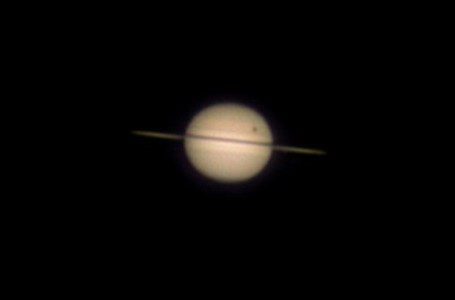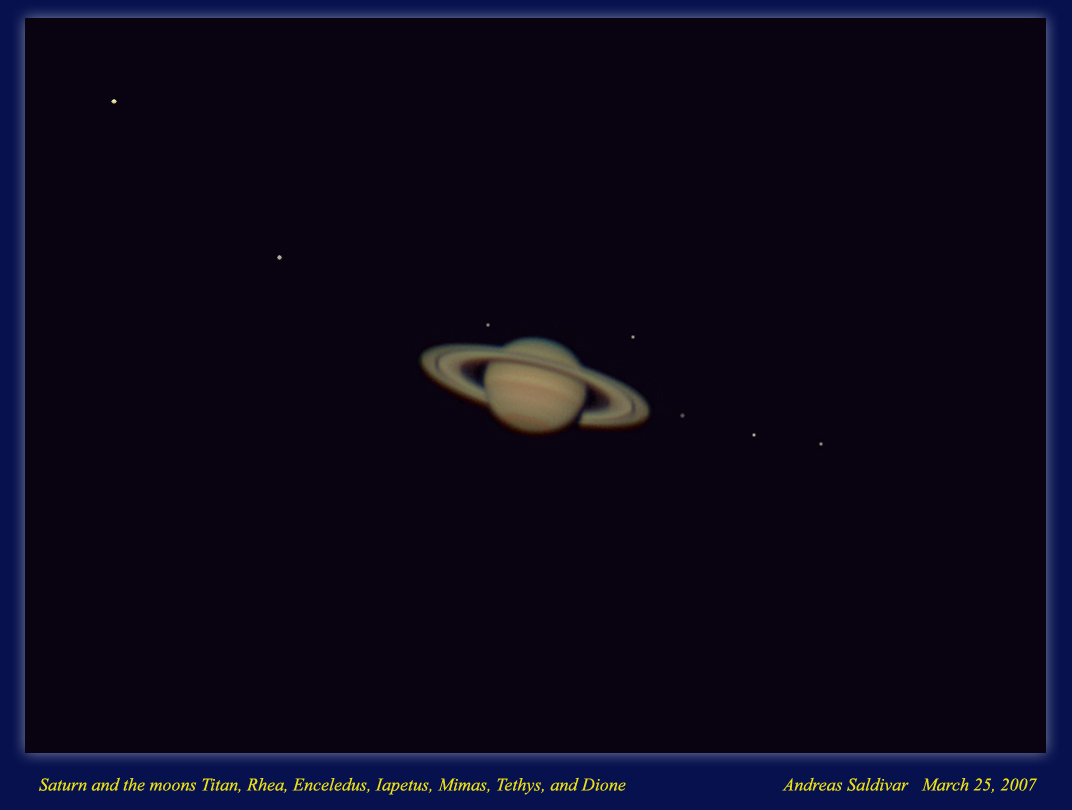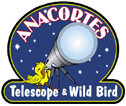This is the first shot I've posted here. I have looked at a number of the shots everyone else has posted and have been impressed and amazed.
This shot is actually a composite of two shots taken 3 minutes apart and has 3 layers.
The first shot, layer 1, is of Saturn, it is a stack of 750 frames at f/25.
In the second shot makes up layer 2 and 3. I increased the gain, overexposing Saturn, to capture the moons. Layer 2 is stack of about 100 frames to image the brighter moons and to keep them smaller points of light. Layer 3 was a stack of 1200 frames to get Mimas. I put the whole thing together using Registax 4 and Photoshop 7.
My scope is a Celestron Nexstar 8 and the camera was a Celestron Neximage.
Andreas
This shot is actually a composite of two shots taken 3 minutes apart and has 3 layers.
The first shot, layer 1, is of Saturn, it is a stack of 750 frames at f/25.
In the second shot makes up layer 2 and 3. I increased the gain, overexposing Saturn, to capture the moons. Layer 2 is stack of about 100 frames to image the brighter moons and to keep them smaller points of light. Layer 3 was a stack of 1200 frames to get Mimas. I put the whole thing together using Registax 4 and Photoshop 7.
My scope is a Celestron Nexstar 8 and the camera was a Celestron Neximage.
Andreas
Attached Image:
DSOs observed:
NGCs 2005, ICs 103, Other 70, Palomar GCs 6, Abell PNs 12, Herschel 400: 316.
Equipment
Celestron CPC 1100, Lunt 60mm Ha Solar Scope



